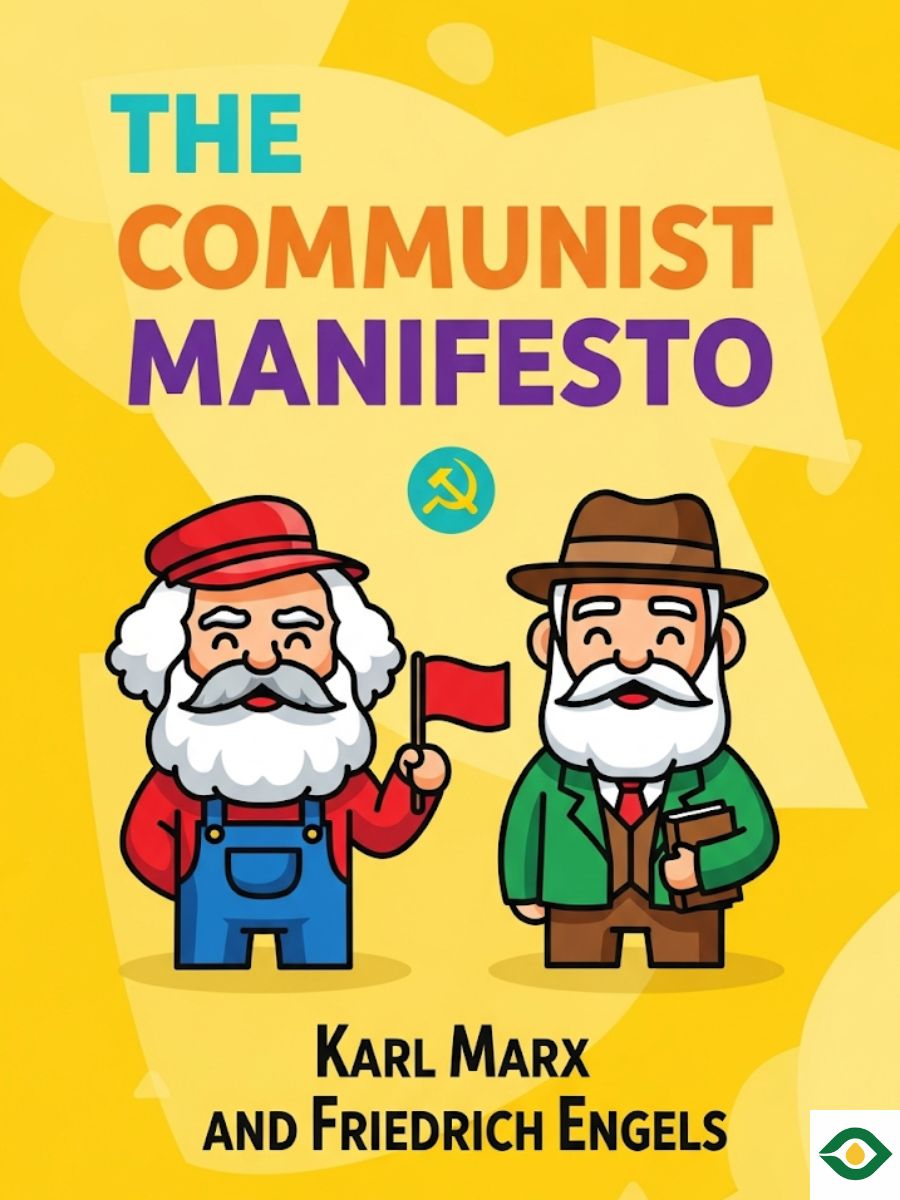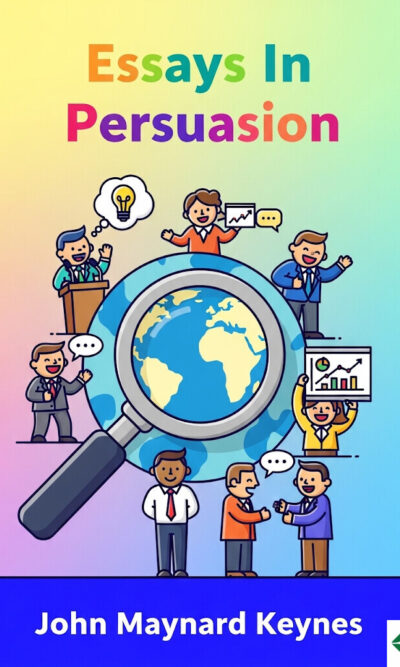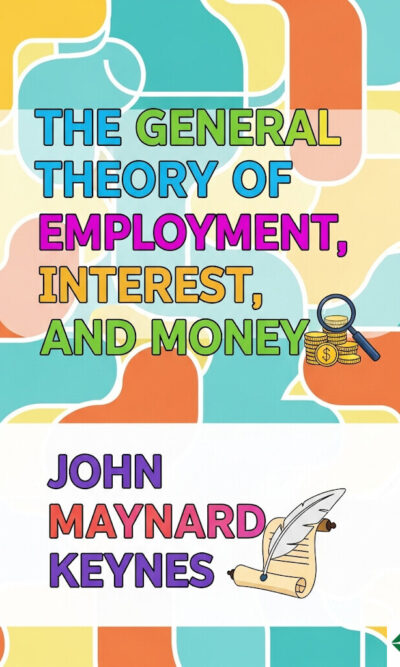Description
The Communist Manifesto is one of the most famous political texts ever written. It was published in the mid-nineteenth century during a time of rapid industrial change. Factories were growing across Europe, workers were moving into crowded cities, and the gap between the rich and the poor seemed wider than ever before. Karl Marx and Friedrich Engels, the authors of this manifesto, believed they had uncovered the true laws of history and society. For them, all of human progress could be explained by one driving force: class struggle.
According to Marx and Engels, every society in history has been divided into classes. These classes are defined by who controls the resources, or the means of production, and who must work for survival. In tribal societies, people shared what they produced, and no clear ruling class existed. But as farming developed, some gained control of the land while others were forced to labor on it. Over time, this created hierarchies such as slave versus master in ancient times, or lord versus serf in medieval feudalism. Each stage of history could be explained by the conflict between those with power and those without it.
By the nineteenth century, the old feudal world had been replaced by a new order: capitalism. Feudal lords no longer ruled the land, and kings and churches had lost much of their power. Instead, the new ruling class was the bourgeoisie—the owners of factories, businesses, and capital. They had risen to power by taking advantage of industrialization. Farmers left the countryside to work in factories, and while this promised freedom from feudal obligations, it created a new form of exploitation.
Under capitalism, workers, or the proletariat, did not own the tools, machines, or resources needed to produce goods. They had only one thing to sell: their labor. But the wage they received was never equal to the value of what they produced. For example, if a worker made shoes or chairs in a factory, the selling price of those goods was far greater than the worker’s wage. The difference, called surplus value, was kept by the bourgeoisie as profit. This meant workers were creating wealth but seeing little benefit themselves.
Marx and Engels described how this system stripped away human dignity. In earlier times, a craftsman might have made an entire object with care and skill. In factories, workers were reduced to performing small repetitive tasks, like turning a lever or stitching a single seam over and over. People became little more than parts of the machine. Individual creativity, freedom, and humanity were lost in the pursuit of profit.
Despite this bleak picture, Marx and Engels also believed capitalism carried within it the seeds of its own destruction. Industrialization had gathered workers into cities and factories, forcing them to live and work side by side. Though capitalism often set workers against one another in competition, it also created the possibility of unity. Workers began forming unions and strikes to demand better conditions. These early struggles showed that collective action could challenge the power of the bourgeoisie. The authors believed that eventually the proletariat would grow strong and organized enough to overthrow the capitalist system altogether.
The communists, as Marx and Engels defined them, were not a separate party with narrow interests. Instead, they represented the shared interests of the entire working class, no matter the country or industry. Their mission was to unite workers globally because capitalism itself was global. The bourgeoisie were already trading and investing across national borders, so workers needed to resist on the same international scale. The famous call “Workers of the world, unite!” captured this idea of solidarity across nations.
A key goal of communism was the abolition of private property—not personal belongings, but the private ownership of factories, land, and capital that allowed a small minority to dominate the majority. Many critics argued that without private property, people would stop working or striving. But Marx and Engels responded that under capitalism, workers already did not create property for themselves. They produced wealth only for the bourgeoisie. Abolishing private property would simply end the system where the labor of many enriches the few. Instead, the means of production would belong to society as a whole.
To move toward this vision, Marx and Engels listed several immediate measures. These included placing land in public ownership, introducing heavy progressive taxes, abolishing inheritance rights, centralizing credit in a national bank, and improving education for all children. They also called for state control of transport, public works to cultivate unused land, and equal responsibility for work across society. These measures were seen as necessary steps to break the old system and prepare the way for a classless society.
Naturally, such radical ideas faced fierce criticism. Opponents claimed communism would destroy family life, religion, and national identity. Marx and Engels countered that capitalism had already weakened families by forcing women and children into endless factory labor. Far from destroying family bonds, communism would free families from exploitation. As for nationality, workers had little real loyalty to nations that offered them no protection. Capitalism had already erased many cultural differences by creating global markets. Workers shared more in common with each other across borders than with their own rulers.
Religion, too, was seen as a tool of the ruling classes, offering divine justification for inequality and encouraging the poor to accept their suffering. Communism aimed to replace these old beliefs with a new foundation based on equality and solidarity. Critics also accused communism of being unrealistic or dangerous. But Marx and Engels insisted that their ideas were not mere dreams. They believed they were describing inevitable historical forces that would, sooner or later, overturn capitalism.
At the heart of the manifesto lies a bold and simple message: history is the history of class struggle. Today’s struggle is between the bourgeoisie and the proletariat. Capitalism has created enormous wealth, but it has also deepened inequality and alienation. Only by uniting can workers reclaim control over production and society itself. The future, in this vision, belongs not to the few who own capital but to the many who create value through labor.
The Communist Manifesto is both a sharp critique of capitalism and a passionate call to action. It invites readers to see history not as a chain of random events, but as a process shaped by conflict between oppressors and the oppressed. It calls on workers to stop seeing themselves as powerless individuals and instead as members of a global class with the power to change the world. Whether one agrees with its solutions or not, its influence has been profound. It gave voice to the hopes and anger of millions who felt trapped by the injustices of industrial society.
In the end, Marx and Engels urged workers everywhere to recognize their common cause and fight for a society without exploitation. The final line of the manifesto captures their unshakable belief: the workers have nothing to lose but their chains, and a world to win.





